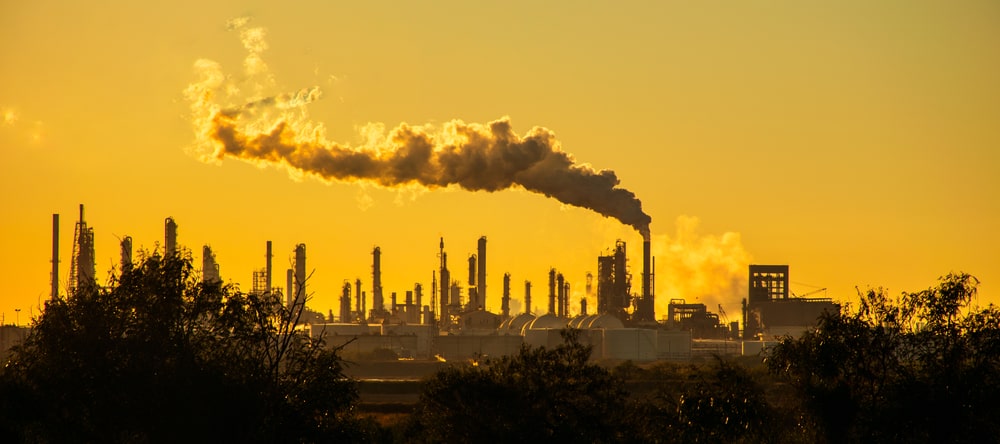
With the FIFA World Cup in full swing and the weather soaring in the 30s, many corporates executives can be forgiven for reaching for a soft or stronger beverage, along with a sizzling sausage or burger.
However, the very fizz in the drink and the extra sizzle (well, longer shelf life) in the meat is provided by an unlikely source, CO2, which is facing a wide-spread shortage in Europe, with the UK being the most affected.
In Europe, the production of CO2 is done through Ammonia plants, as CO2 is a by-product of Ammonia. However, the plants themselves are used for fertilisation, which is in less demand during the summer period (April – June). Therefore, this closure of plants normally coincides with the rising temperatures, driving up demand for the soft drink and alcoholic beverages.
However, the current looming CO2 crisis is not caused by mere rising demand nor the closure of plants, which happens every year. The crisis is caused by what Russell have defined as ‘outside in’ risks that companies, in this case drink manufacturers, have not considered.
For as Gasworld recently reported, what has been the cause of this crisis is that the market price of ammonia has fallen considerably, meaning that it is cheaper to import (the majority coming from outside Europe) than store refined ammonia. Alongside cheaper market prices is the rising natural gas price – a major raw material for the manufacture of ammonia – which has crippled profit margins, causing many European producers to prolong the shutdown of their plants.
So, it is this connecting to risks that have raised considerable alarm in the soft and alcoholic drink industries. Heineken, for instance, warned about potential low supplies for two of its most popular beers in the UK market: Amstel and John Smith’s.
While the possibility of empty beer barrels and bare drinks sections in the shopping selves are far off, what the CO2 scenario shows us is that corporates must approach risk in a different manner. Corporates must focus not just on their internal risks but their ‘inside out’ and ‘outside in’ risks. For in today’s connected world, risks are becoming ever more interconnected and more threatening, so an event like a CO2 shortage can move from a low to the critical category in a very short period of time.